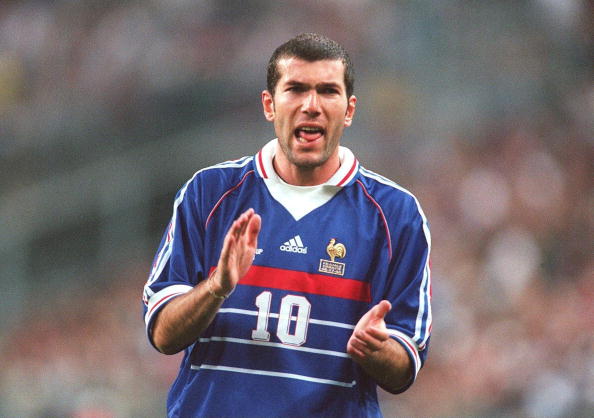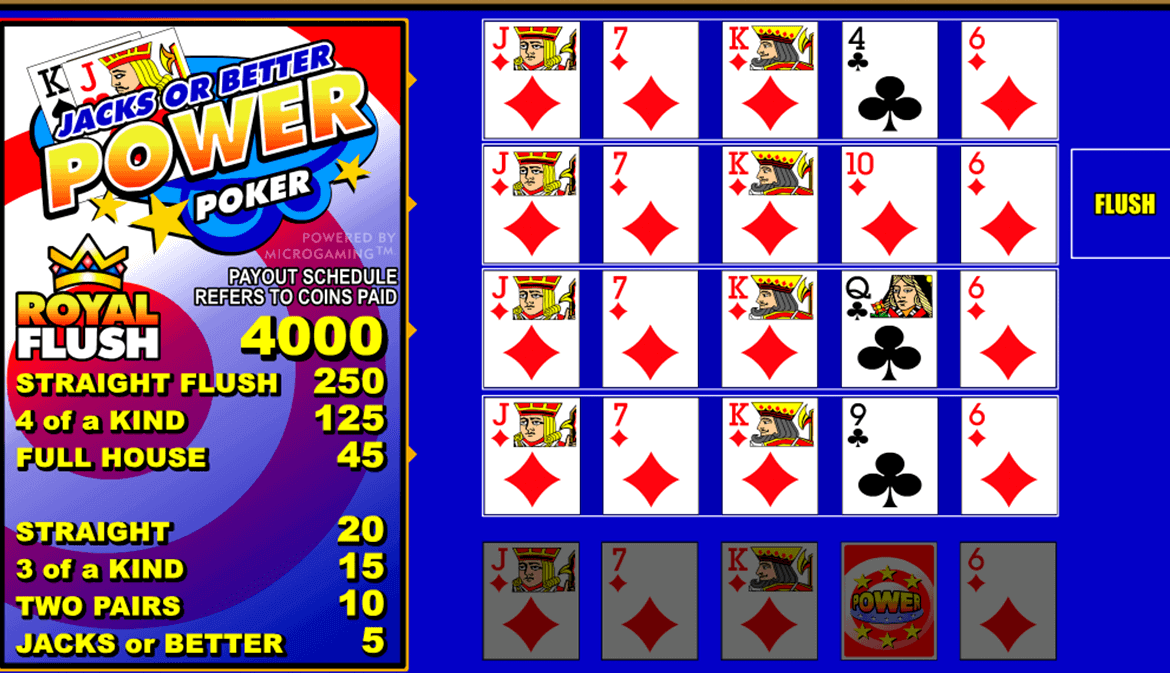Approaching the game of poker can be intimidating for any inexperienced player. Online poker takes away a large part of the intimidation factor, but a beginning player is still left with the difficult, strategy-based decisions that will determine his/her expectation. In this article, we will cover Basic Tight-Aggressive (TAG) Strategy.
TAG stands for “Tight-Aggressive”. These players have a tendency to select only strong hands preflop. They prefer to have the betting lead (initiative) and are, therefore, more likely to be the preflop open-raiser, or 3bettor, as opposed to the preflop cold-caller. Having position in poker means you're last to act. Ron McMillen had quite a first-time experience playing poker online. In the 2020 World Series of Poker online event No. 9 - a $1,000 no-limit. Overall, a tight-aggressive strategy in poker in the most profitable one. Try to learn the TAG strategy by yourself and try to avoid or limit the number of TAG players at your table; The LAG (loose aggressive) A LAG plays many hands and is a player who frequently bets and raises, but only rarely calls bets. Custom Poker Tables. You Think About Your Opponent's Range but Never Your Own. Everyone knows you have to try to put.

Poker Tag Team Tournament Rules

Tight-Aggressive is probably one of the easiest styles to learn in No Limit Texas Holdem, simply because you are playing fewer hands. The word “tight”, in this case, refers to your starting hand requirements. Tight poker players will will rarely open a pot with a very weak starting hand (although even the most TAG player will loosen his/her requirements when opening a pot in position).
The word “aggressive”, in this case, refers to the way you play your hand in relation to the pot size and your opponents’ actions and reactions. A basic Tight-Aggressive player will mainly be forcing the action pre-flop and post-flop by raising or betting, constantly making opponents pay for entering pots with mediocre holdings while putting them to the test after the flop is seen.
Two things a consistent TAG player should always be on the lookout for from opponents are kicker strength and the possibility of being dominated by a huge hand post-flop. Many beginning players in today’s game would be surprised to learn that basic tight aggressive strategy, on its own, is not enough to be profitable at any game level above micro stakes. If you’re going to employ any broad-based strategy, you’ll need to learn and adapt to how opponents are playing against your table image.
Tight-Aggressive players, for the most part, enter pots where their starting hand represents an above average showdown value while having a reasonable chance of dominating others’ starting hands. In other words, there truly IS a ton of value in raising with Ace-Queen on the button, and getting one of the blinds to flat-call with a weaker Ace. More often than not, your Continuation Bet will double as a Value Bet, since you’re likely to be holding the best hand after the flop comes.
Beginning TAG players bet their hand strength, and bet it aggressively (at least on the flop they do)… hence the beauty of repeatedly getting opponents to pay for the privilege of seeing flops with inferior starting hand ranges. Opponents are repeatedly forced to either donate expectation with their post-flop draws, or muck… and this is pretty much the elementary theory of Tight-Aggressive play.
However, TAG strategy is highly exploitable, and simply can not survive on its own, especially versus competent players. Non-expert TAG players are constantly caught off-guard by players who trap with their own premium hands. Perhaps the most common (and unprofitable) trait of playing this type of strategy is the ease of becoming stubborn. Once you enter a pot or bet a relatively strong hand after the flop, it requires an enormous amount of discipline to rethink your betting lines once an opponent plays back at you. It can be argued that one of the main reasons people are willing to flat-call preflop raises with mediocre hands is because stubborn TAG players blindly bet their starting hand strength in spite of unfavorable community cards.
Tag Poker Chips
 In order to play ANY style successfully, a player must put in the necessary work and make correct decisions in situations where “style” gives way to “what’s best right now”. Successful TAG players know how to value their strong starting hands… but perhaps more importantly, they know (more often than not) when they are up against a superior holding. If you are consistently stacking off with hands like Top Pair, Top Kicker in a deep-stacked blind structure, it won’t be long until you’re pegged by players who pay attention.
In order to play ANY style successfully, a player must put in the necessary work and make correct decisions in situations where “style” gives way to “what’s best right now”. Successful TAG players know how to value their strong starting hands… but perhaps more importantly, they know (more often than not) when they are up against a superior holding. If you are consistently stacking off with hands like Top Pair, Top Kicker in a deep-stacked blind structure, it won’t be long until you’re pegged by players who pay attention.Especially in cash games, there are plenty of players who simply lie in wait for predictable TAG players. On nearly every site, it is common to find players who play 4 or more tables at a time, and give away tons of information without realizing it. More than anything, you DO NOT want to become predictable in deep-stacked blind structures.

So what’s the answer to turning a profit as a Tight-Aggressive player? Well, you must realize both the pros and cons of such a style. Take note of why exploiting edges is so necessary, but also work to discover how another player will attempt to chip away at your edge… and react/adapt appropriately. TAG is a style… and an extremely generic one at that. It’s highly profitable against opponents who have an unhealthy disregard for patience. It’s highly exploitable against opponents who know exactly what you’re doing.
 As always, the determining factor of expectation is YOU. Learn how to play TAG… practice it… embrace it… make use of it. And when your opponents figure out what you’re doing… discard it in favor of a more-profitable “style” that will earn you the expectation a situational decision-maker deserves.
As always, the determining factor of expectation is YOU. Learn how to play TAG… practice it… embrace it… make use of it. And when your opponents figure out what you’re doing… discard it in favor of a more-profitable “style” that will earn you the expectation a situational decision-maker deserves.